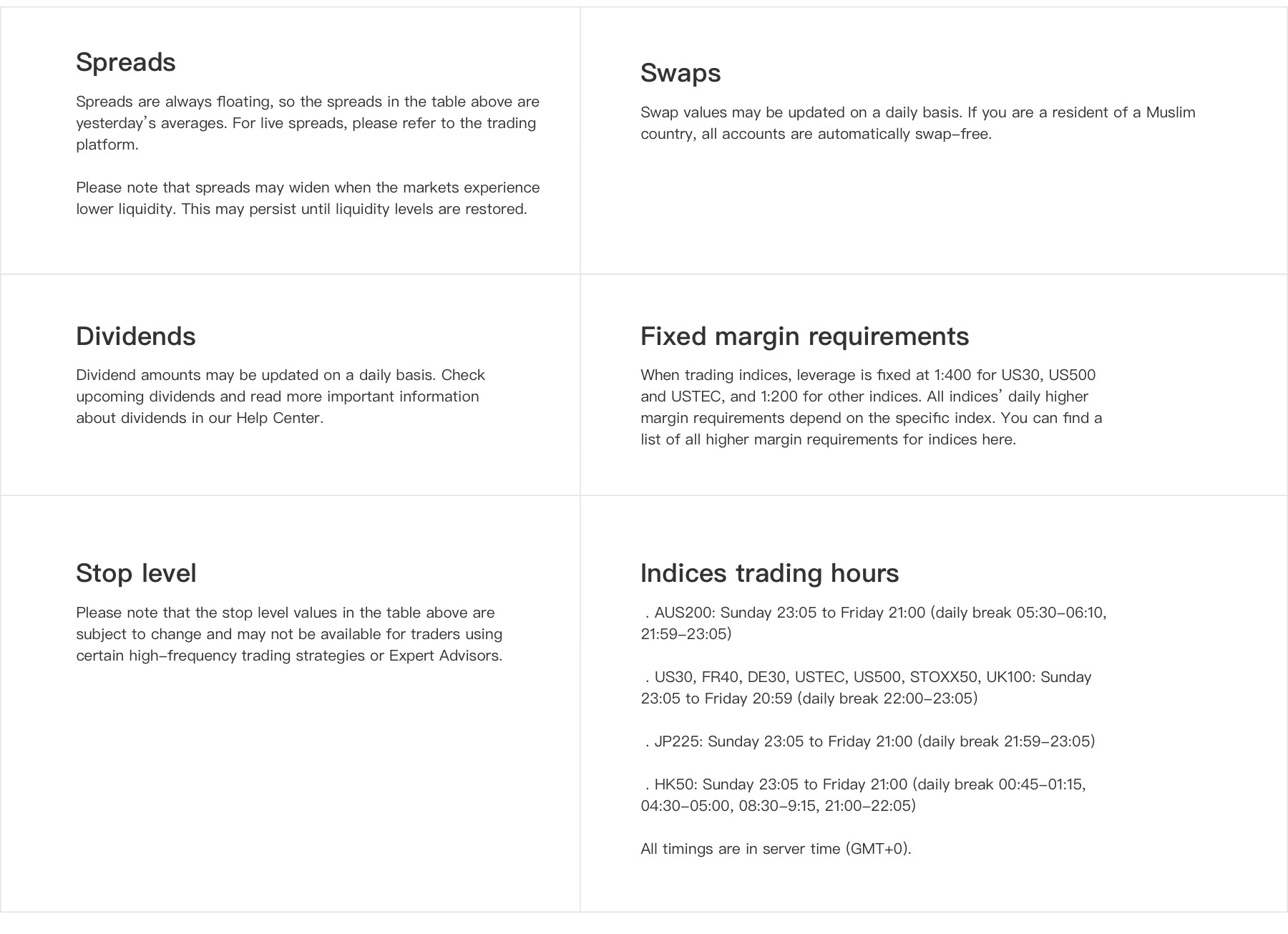
Diversify your portfolio
and gain exposure to the global market by trading stock index derivatives.
Access the most highly-traded major indices
from top markets around the world, including the US, UK, China, Germany, and Japan, with ultra-fast execution and low and stable spreads.

CAMEL INTERNATIONAL

Deciding when to enter or exit a trade in the global indices market should be based on your advanced trading strategy.
When trading indices, you should closely monitor a range of fundamental factors, including economic news releases, geopolitical events and macroeconomic developments.
You can also make use of a variety of technical analysis tools to analyze index charts. This could be anything from detecting patterns on a candlestick chart to using Fibonacci retracement, or looking at moving averages and paying attention to the volatility index.
Once you have tested your trading strategy, you then need to check the opening and closing times of the markets you are trading.
Fibonacci retracements are a popular technical analysis tool used to identify potential levels of support or resistance.
To trade indices using this method, traders will typically look for reversals at Fibonacci retracement levels that coincide with other technical indicators, such as candlestick patterns or volume.
Traders can then use the Fibonacci retracement levels to establish entry and exit points for trades or stop losses to manage risk.
It's important to test your trading strategy with technical analysis tools such as Fibonacci retracements on a demo account before trading stock indices with real capital.
We introduced periods of increased margin and reduced leverage to protect you from potential adverse price action due to increased market volatility in indices trading. We also extended our trading sessions for indices, to give you greater opportunity to trade with the standard margin requirements.
The following rules apply when it comes to setting levels for pending orders:
- Pending orders along with SL and TP (for pending orders) must be set at a distance (at least the same as current spread or more) from the current market price.
- SL and TP in pending orders must be set at least the same distance from the order price as the current spread.
- For open positions, SL and TP must be set at a distance from the current market price which is at least the same as that of the current spread.


